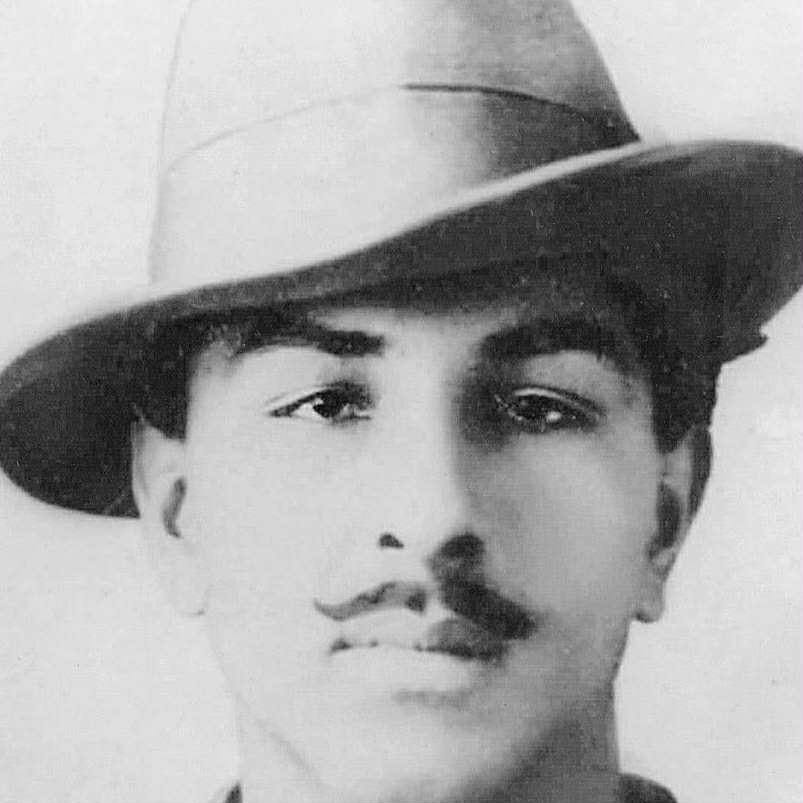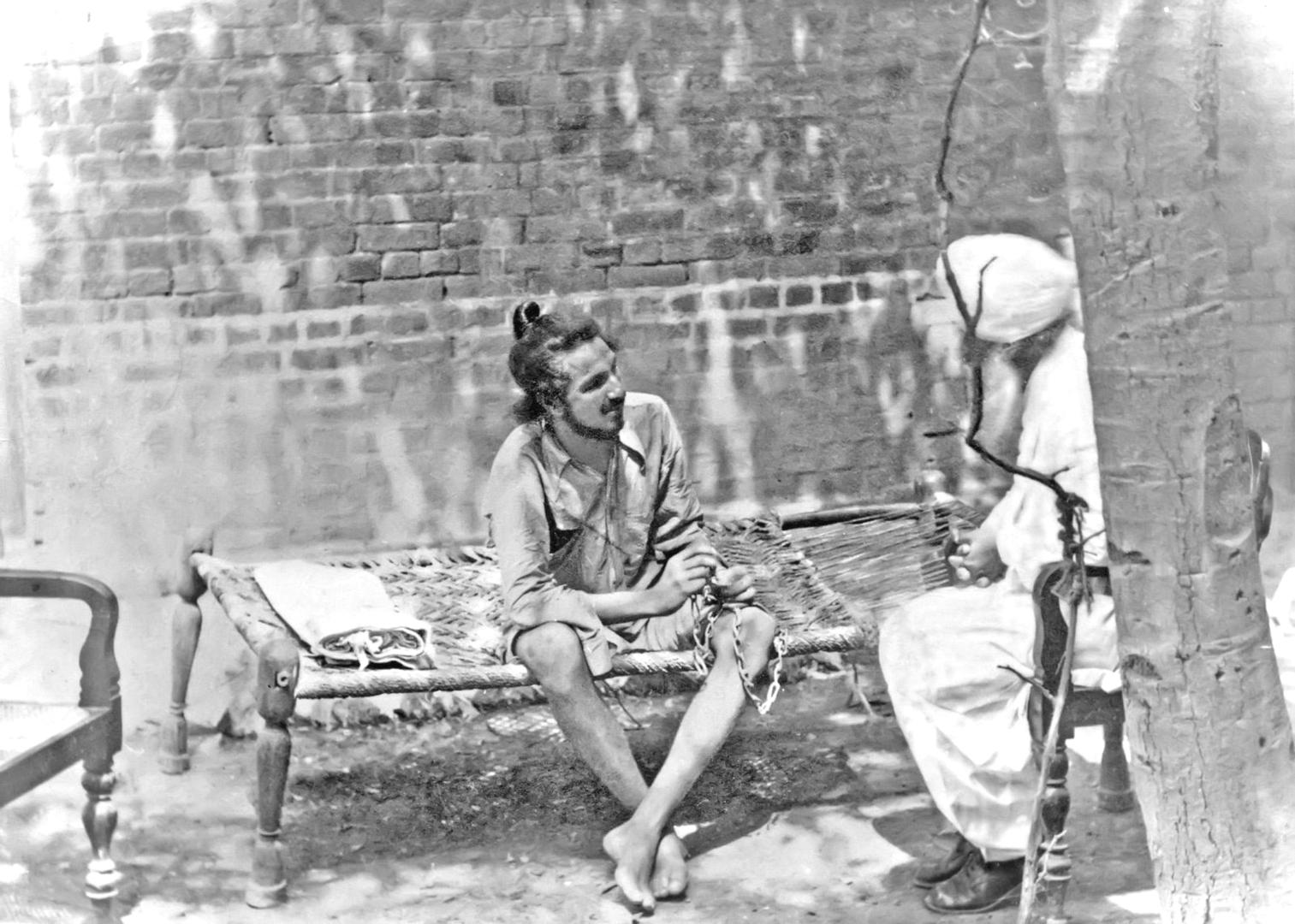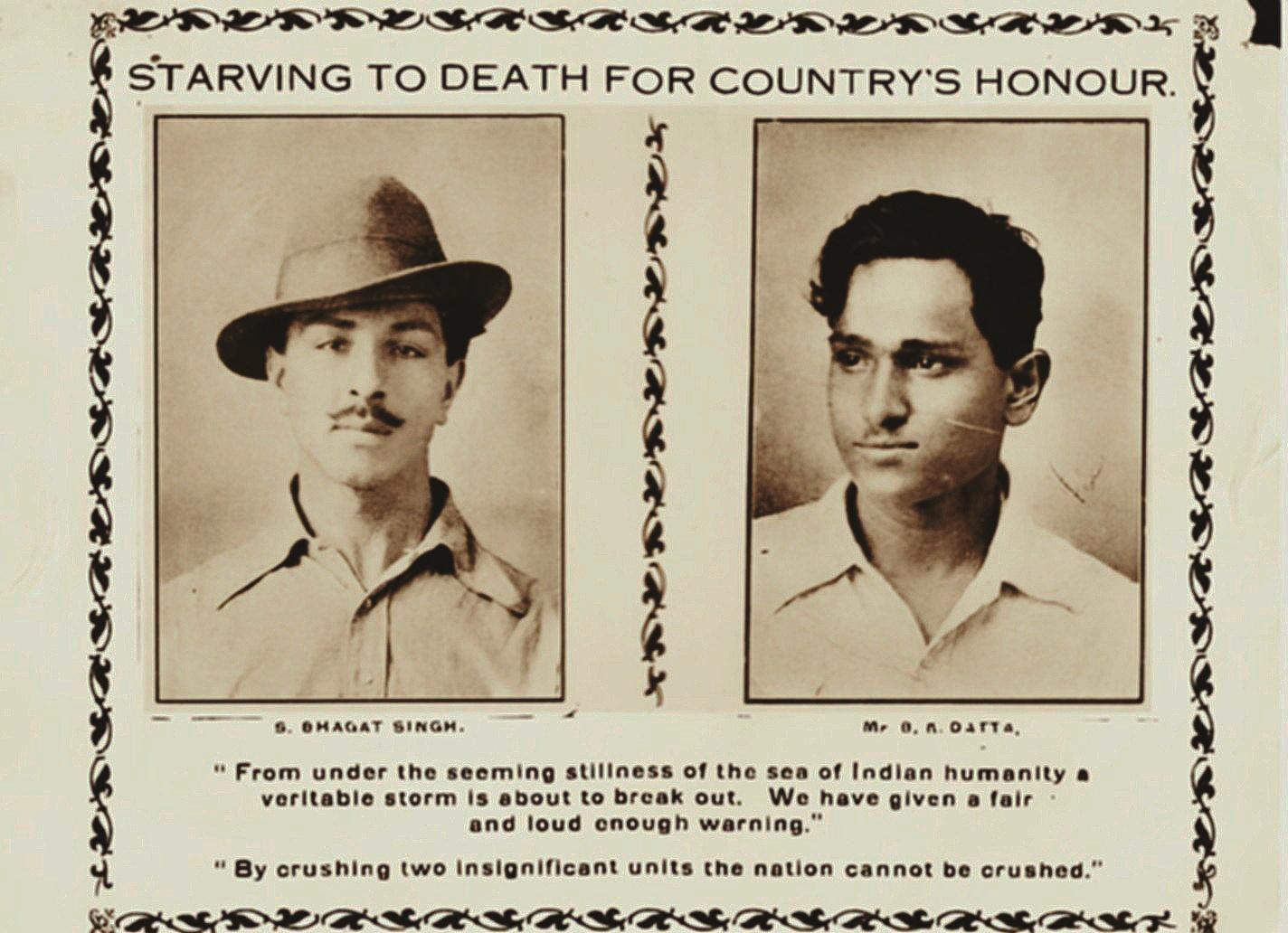
1907 - 1931
Bhagat Singh
Summary
Name:
Nickname:
Shaheed-e-Azam (Great Martyr)Years Active:
1928 - 1931Birth:
September 27, 1907Status:
ExecutedClass:
MurdererVictims:
2Method:
ShootingDeath:
March 23, 1931Nationality:
India
1907 - 1931
Bhagat Singh
Summary: Murderer
Name:
Bhagat SinghNickname:
Shaheed-e-Azam (Great Martyr)Status:
ExecutedVictims:
2Method:
ShootingNationality:
IndiaBirth:
September 27, 1907Death:
March 23, 1931Years Active:
1928 - 1931Date Convicted:
October 7, 1930bio
Bhagat Singh was born on 27 September 1907 into a Jat Sikh family in Banga, Lyallpur district (now in Pakistan), during the British colonial rule in India. His father, Kishan Singh Sandhu, and uncle Ajit Singh were involved in early anti-British movements, including the 1907 protest against the Canal Colonization Bill and the Ghadar Movement of 1914–1915. Singh grew up steeped in nationalist fervor and stories of resistance to British rule.
He received his early education in the village school and later attended the Dayanand Anglo-Vedic School in Lahore. In 1923, he enrolled in National College, Lahore, which had been founded by Lala Lajpat Rai as an alternative to British-funded institutions. It was during his student years that Singh became influenced by socialist thinkers and revolutionary ideologies, including Marxism, anarchism, and Bolshevism.
By the mid-1920s, Singh had emerged as a prominent youth leader. He began writing for radical publications, including Kirti, the journal of the Kirti Kisan Party, and pamphlets circulated by the Naujawan Bharat Sabha, a revolutionary youth organization. He often used pseudonyms like Balwant, Ranjit, and Vidhrohi to evade colonial surveillance. In May 1927, Singh was arrested in connection with a bombing case but was released after five weeks on bail.
During this time, Singh moved increasingly toward revolutionary action. In 1928, he helped rename the Hindustan Republican Association (HRA) to the Hindustan Socialist Republican Association (HSRA), emphasizing its Marxist direction. Following the death of Lala Lajpat Rai, who had been violently lathi-charged by police during a protest against the Simon Commission, Singh decided to take direct action to avenge Rai’s death.
murder story
The murder that would bring Bhagat Singh into the crosshairs of the British Empire was not initially intended to target the victim. On 17 December 1928, Singh, along with fellow revolutionaries Rajguru and Chandrashekhar Azad, set out to assassinate James Scott, the British police superintendent they believed responsible for the brutal lathi charge on Lala Lajpat Rai during a peaceful protest against the Simon Commission in Lahore. Rai died from his injuries two weeks later, and Singh vowed to avenge his death.
In a case of mistaken identity, Singh and his associates instead targeted Assistant Superintendent John Saunders, who was only 21 years old and relatively new to the force. As Saunders left the Lahore police station on a motorcycle, he was first shot by Rajguru, a skilled marksman, and then fatally wounded by Singh, who fired several shots at close range. Channan Singh, a pursuing Indian constable, was gunned down by Azad during the trio's escape.
To avoid immediate suspicion, Singh and his team used pseudonyms and printed posters declaring that Saunders was the intended target, not Scott, as an act of revolutionary justice. Singh then went underground, disappearing into the fabric of British India under various aliases. He famously altered his appearance by cutting his hair and shaving his beard to avoid detection, a controversial act given his Sikh background.
In a dramatic twist in April 1929, Singh resurfaced in Delhi where he and Batukeshwar Dutt carried out a symbolic bombing of the Central Legislative Assembly. They threw two low-intensity bombs from the visitors' gallery onto empty seats, followed by a shower of leaflets and shouts of “Inquilab Zindabad!” They made no attempt to escape, allowing themselves to be arrested in order to use the courtroom as a stage to amplify their ideology.

The trial for the Assembly bombing resulted in a life sentence. However, subsequent investigation revealed Singh’s connection to the Saunders killing. In the high-profile Lahore Conspiracy Case, he and 27 other revolutionaries were tried. Key witnesses from within the HSRA turned approvers. Despite this, Singh used the trial as a platform to champion the rights of political prisoners and publicize the revolution’s goals.
While in jail, Bhagat Singh led a 116-day hunger strike protesting discriminatory treatment of Indian political prisoners compared to British inmates. His determination earned him admiration across India, even from political opponents. Jatindra Nath Das, who also participated in the strike, died after 63 days. Singh ended his own strike only after pleas from his father and nationalist leaders.

On 7 October 1930, Bhagat Singh, Rajguru, and Sukhdev were sentenced to death by a special tribunal under a controversial ordinance. Appeals were made to the Privy Council and petitions for mercy were filed, including from Congress leader Madan Mohan Malaviya and Gandhi himself, but all were denied. The execution was quietly advanced to 23 March 1931, one day earlier than publicly announced.
That night at 7:30 PM, the three men were hanged in Lahore Central Jail. According to reports, their bodies were secretly removed, mutilated, and cremated without public ceremony.